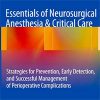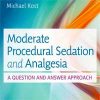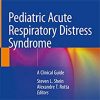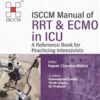Early Hemostatic Management of Disseminated Intravascular Coagulopathy
sccm.orgInflammation and coagulation pathobiology play a significant role in the development of multiorgan failure occurring with sepsis.
Inflammation induced by an infection can lead to endothelial injury, which subsequently promotes coagulation and downregulates fibrinolysis, leading to end-organ damage.
Thrombocytopenia-associated multiple organ failure (TAMOF), an inflammatory phenotype associated with thrombotic microangiopathy occurring in some children with sepsis, can present as a spectrum of syndromes, including disseminated intravascular coagulopathy (DIC), and carries a high mortality rate.
Treatment of DIC in septic pediatric patients with platelets, coagulation factors (either in plasma or as individual factors), or anticoagulants is controversial and typically is recommended only after the patient develops active bleeding or clinically significant thromboses.

















